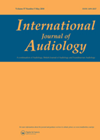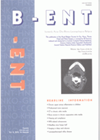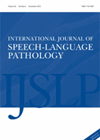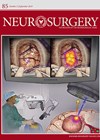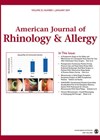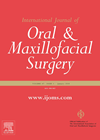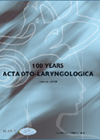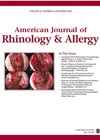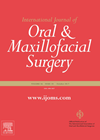
Journal Reviews
Loneliness and hearing loss treatment
It is well-known that hearing loss can lead to social isolation and consequent loneliness. This study aimed to research whether hearing loss treatment helps in overcoming loneliness long-term. Two types of treatment - hearing aids (HA) and cochlear implants (CI)...
New biomarkers for salivary gland tumours
Salivary gland tumours comprise approximately 6-8% of head and neck neoplasms. Elevated haematological inflammatory markers, such as neutrophil to lymphocyte ratio (NLR) and platelet to lymphocyte ratio (PLR), have been shown to be predictive and prognostic in various malignancies. This...
Swallow this: management of dysphagia post-stroke
We know that between 50% and 80% of people who have had a stroke present with swallowing difficulties that may be associated with even a small lesion of the cortical or subcortical brain regions. This article provides an up-to-date overview...
Reliability of Koos classification
Vestibular schwannoma (VS) tumour size has been considered the primary determinant of hearing outcomes and facial nerve function according to several published studies. Varying methods are used to estimate the size and volume of the VS with very little consensus...
Daflon – a new way to treat idiopathic epistaxis
Epistaxis is a common ENT emergency and most cases are idiopathic. Flavonoids are natural substances with variable phenolic structures that are found in fruit and vegetables and take effect on blood vessels. Daflon is proposed to control epistaxis by “improving...
Bone grafting in orthognathic surgery
In this systematic review of 48 articles the authors reviewed the complication, stability, aesthetics and healing of Le Fort I, sagittal split, chin and zygomatic osteotomies. They concluded that there was strong evidence that bone grafting promotes healing of a...
Physician burnout and resident wellness
Physician burnout and high rates of mental health issues amongst physicians are an important concern today. Several articles on this subject have been published recently. However, few articles have been written about starting life balance training early during residency. This...
Infection in prosthetic temporomandibular joints
This is an overview from an internationally recognised TMJ surgeon. It is a comprehensive article highlighting the incidence is likely to be underestimated and prevention the main objective. Eradication is very difficult. Not surprisingly, a lot of the conclusions are...
Should we do septoplasty in young adults/adolescents?
Nasal obstruction is a common complaint in both children and adults in the outpatient department. Causes for obstruction include allergic rhinitis, septal deviation, turbinate hypertrophy and chronic sinusitis with or without nasal polyps. For symptomatic patients with moderate to severe...
An eye-opening resection technique
It is widely accepted that the gold standard treatment of inverted papilloma of the maxillary sinus (IPMS) is endoscopic excision via medical maxillectomy or mega antrostomy, and these approaches can be augmented by a Caldwell-Luc or canine fossa trephination if...
Soft tissue changes following maxillary osteotomy: comparison of three computer programmes
This small group of seven patients had a Le Fort I advancement maxillary osteotomy with vertical repositioning and alar base cinch sutures. They were assessed with cone beam CT’s three months preoperatively and one-year postoperatively. A clinical comparison between the...
Superior semicircular canal volumetry
This study uses superior semicircular canal dehiscence (SSCD) volumetry to measure the size of SSCD. The authors imported high-resolution computed tomographic images of the temporal bone into segmentation software. They measured the dehiscence lengths and volumes on coronal images (instead...

